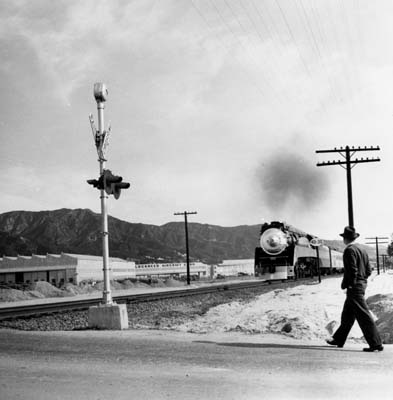|
The Evolution of the Southern Pacific Railroad in San Luis Obispo
|
|
|
Old Foothill and California train crossing |
|
|
Hard to believe, but San Luis Obispo was actually a much smaller, sleepier town than it is today. In the 1880s, the railroad was key to any town that wanted to grow and increase their revenue; San Luis Obispo was no exception in this aspect. There had been a slump in the economy and it was thought that a through-rail from San Francisco to Los Angels would improve the "financial status of the area and stimulate productive power". For years, rumors and even newspapers reported the coming of the Southern Pacific to San Luis Obispo, but it was not until 1894 that the railway actually entered the county. One reason for this delay was the construction of Cuesta Grade, which was thought to negate the need of a rail line through the town. The "closing of the coastal gap" by incorporating San Luis Obispo on the rail line was significant. The demand for laborers for construction (most notably, blasting and digging the Cuesta tunnels) brought an influx of Chinese immigrants into the area. San Luis Obispo was influenced not only demographically, but fiscally as well. Large ranches were subdivided and new communities were established. By offering daily trains to both San Francisco and Los Angles, as well other towns in between, San Luis Obispo became a weekend get-away and tourist destination. San Luis Obispo continued to grow as a town with the establishing of the California Polytechnic School (see Cal Poly and the Railroad).
|

